Today’s technology is developing quickly, allowing for quicker advancement and development, which is speeding up the rate of change. In the current digital world, adopting digitalization is now required; it is no longer a choice.
A new era of development is being ushered in by the quick evolution of new digital trends and technologies, which are causing us to evolve at a rate never seen before.
Emerging technologies have the potential to change entire industries, solve major international issues, and enhance people’s lives everywhere.
The tech industry is a maelstrom of innovation, ranging from the revolutionary developments in AI and ML to the revolutionary possibilities of blockchain and IoT.
Technological innovation continues to alter how we live and work, influencing numerous industries and areas.
Imagine a future where virtual reality melds reality and sustainability meets technology in novel ways, as self-driving automobiles cruise busy streets.
In this article, we’ll examine innovative technology advancements that will change the digital world and highlight the top tech trends of 2024.
We explore the major technologies influencing change and forming the direction of digital transformation, from augmented reality and cybersecurity to blockchain technology and artificial intelligence.

Top Emerging Technologies of 2024
Generative AI
Generative AI, a top technology trend in 2024, involves algorithms that create new material based on training data, such as text, photos, and audio.
Enabling human-like text development of creative artwork and speeding up drug discovery are transforming fields such as natural language processing, art, music, and healthcare.
In addition to enabling customized education, targeted marketing, and immersive virtual experiences, generative AI also raises moral questions about prejudice and false information.
Because of its transdisciplinary development requirements and applications in automation that boost efficiency across industries, generative AI is a disruptive force in technology and innovation.

Text, pictures, films, and music are all among the creative mediums that artificial intelligence is capable of producing.
This technology understands and generates information that appeals to human preferences using algorithms such as DALL-E and GPT (Generative Pre-trained Transformer).
According to precedence research, The size of the global generative AI market was estimated to be USD 17.65 billion in 2023, and USD 25.86 billion in 2024, and is projected to grow at a compound annual growth rate (CAGR) of 46.5% from 2024 to 2033 to reach over USD 803.90 billion.

Logic Fruit is at the forefront of Generative AI, transitioning from traditional FPGA/DSP systems to advanced hardware-accelerated AI/ML applications. Our solutions are designed for both edge and cloud deployments, enabling businesses to harness the power of AI effectively.
We specialize in delivering optimized solutions that ensure high performance and low latency, allowing our clients to excel in their Generative AI initiatives.
Check out our page to learn more about our AI/ML offerings!
Quantum Computing
A breakthrough method of computation is introduced by quantum computing, which has its roots in quantum mechanics. It uses several quantum states of bits (qubits) at once, offering computational power never before seen.
For some jobs, quantum computers may process information tenfold quicker than conventional computers by utilizing the features of quantum physics.
This year, quantum computing is being used in fields like drug research, where it might expedite the process by precisely modeling molecular structures, and cryptography, where it may be able to break codes that are now thought to be secure.
Despite being in its infancy, the technology has the potential to transform entire industries by providing solutions for intricate issues that conventional computers are unable to handle.
According to Grand View Research, The market for quantum computing is predicted to reach a size of USD 1.21 billion globally by 2023 and increase at a compound annual growth rate (CAGR) of 20.1% between 2024 and 2030.
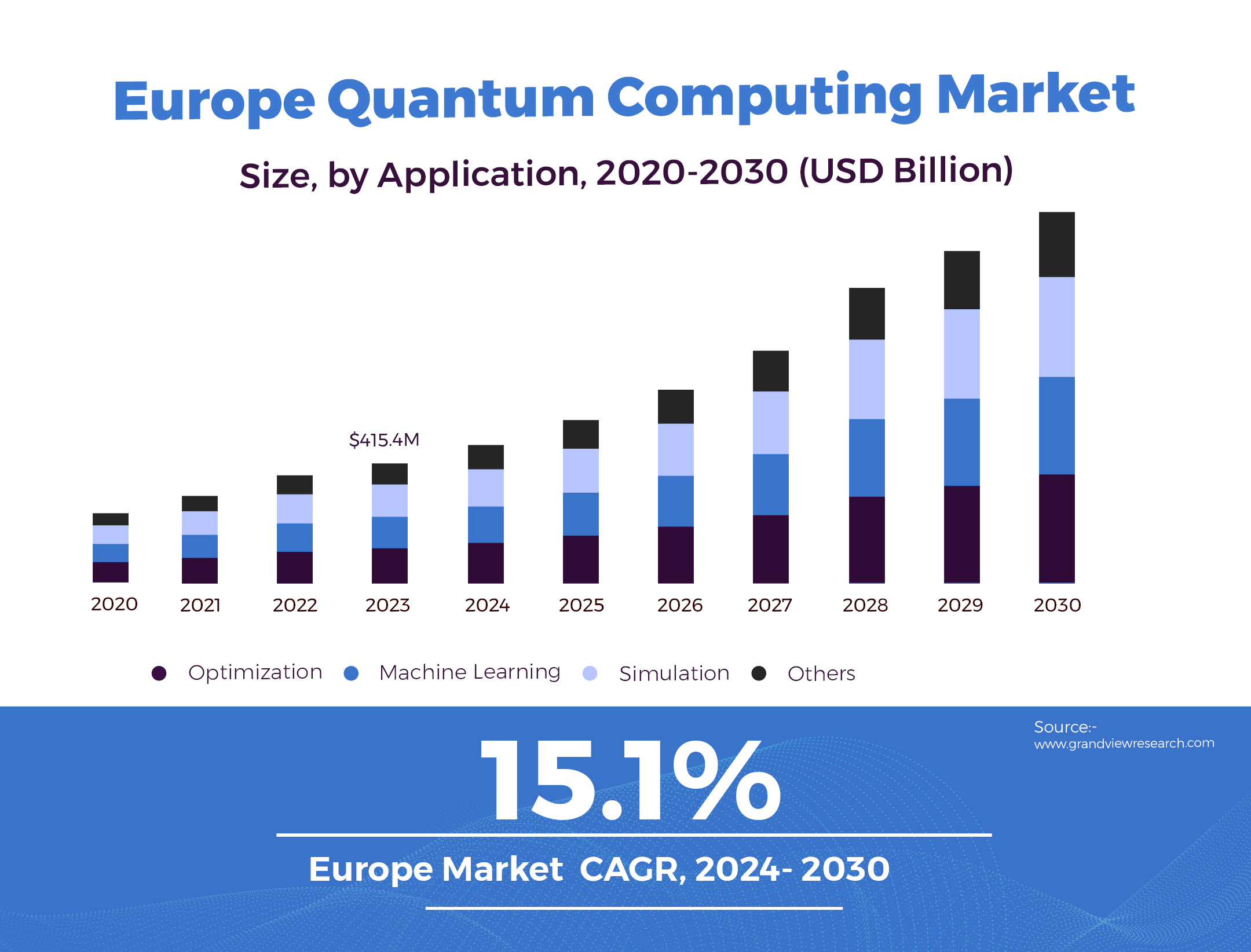
Privacy-enhancing technologies
Technologies known as privacy-enhancing technologies (PETs) maximize data security, minimize the use of personal data, and provide people with more control over their data.
With the use of personally identifiable information (Pets), users of the internet can safeguard the privacy of their PII, which is frequently supplied to and managed by services or applications.
“Synthetic data” has the potential to completely change the way information is handled as it becomes more and more essential to research and business.
It is artificially generated based on algorithms and can imitate real-world data.
By safeguarding individual privacy and creating new avenues for international data sharing and cooperation. Significant progress in medical research and other domains needing sensitive data can be fueled by it.

Reconfigurable intelligent surfaces
Future wireless networks could benefit from the use of reconfigurable intelligent surfaces (RISs), a promising technology that can expand their coverage and information capacity.
Reconfigurable intelligent surfaces (RIS) are transforming common walls and surfaces into intelligent parts for wireless communication.
From smart factories, where RIS can improve machine-to-machine communication, leading to more efficient manufacturing processes, to vehicular networks, where they can enhance connectivity and safety, making wireless communication infrastructure more adaptable and efficient, these surfaces can significantly improve wireless network performance and energy efficiency.
5G Expansion
5G, the fifth generation of mobile networks, promises more coverage, more consistent connections, and noticeably quicker upload and download speeds.
5G is one of the biggest technological developments of 2024; it is a disruptive force that is redefining connectivity. With previously unheard-of speeds, much lower latency, and improved network dependability, 5G is revolutionizing how we use technology.
By supplying the high-speed, low-latency connections that revolutionary technologies like augmented reality, IoT, and driverless vehicles demand, 5G expansion is making these technologies possible.
In order to facilitate real-time connections and expedite the processing of vast amounts of data, this technology is essential for fostering a new wave of technological innovation.
According to Market Research Future, In 2023, the market for 5G technology was estimated to be worth USD 171.7 billion. The market for 5G technology is expected to expand at a compound annual growth rate (CAGR) of 40.2% between 2024 and 2032, from USD 243.2 billion in 2024 to USD 3640.0 billion by 2032.
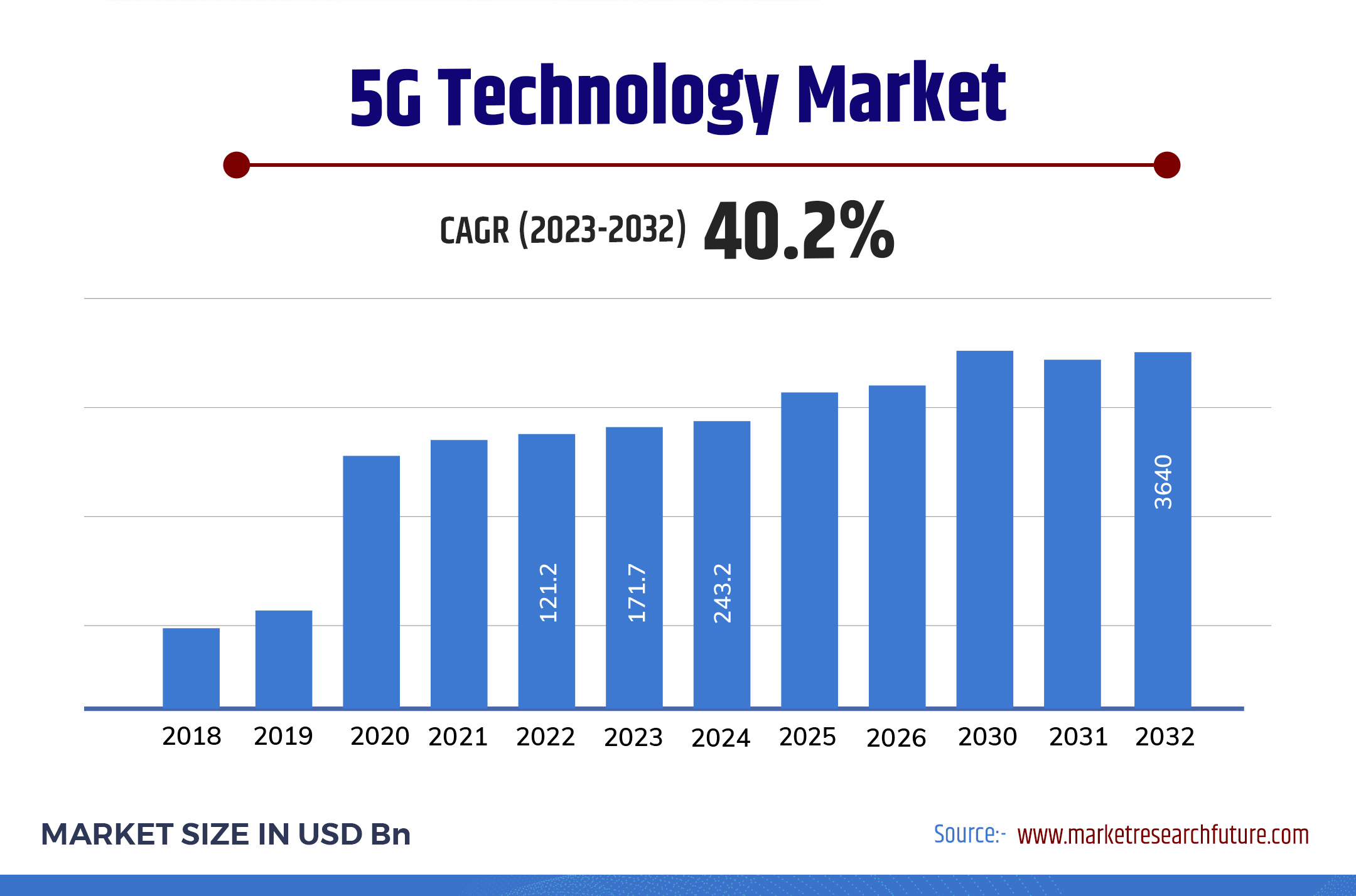
Logic Fruit designs telecommunications and data communications equipment for 5G and 6G technologies. Our ‘Top-down-Bottom-up’ approach ensures efficient manufacturing and deployment.
With experience in both industry-compliant products and affordable solutions for niche markets, we are a leader in developing next-generation network equipment.
To learn more about our offerings, visit our website
Integrated sensing and communication
With the promise of lowering energy consumption and silicon use, making them more sustainable, the introduction of 6G networks has made simultaneous data collection (sensing) and transmission (communication) possible, enabling environmental monitoring systems in smart agriculture, environmental conservation, and urban planning.
Virtual Reality (VR) 2.0
More realistic and immersive VR experiences are available thanks to improved VR technologies.
Virtual reality (VR) is becoming more and more common in training, gaming, and therapeutic applications thanks to advancements in display resolutions, motion tracking, and interactive aspects.
With lighter headsets and longer battery lives, new VR systems are also becoming more user-friendly, which may encourage wider consumer adoption and easier integration into daily life.
Virtual reality (VR) submerges users in fully virtual worlds, taking them to simulated settings for training, gaming, treatment, and other purposes.
According to Fortune Bussiness Insights, The size of the global virtual reality (VR) market was estimated at USD 25.11 billion in 2023, and it is expected to increase at a compound annual growth rate (CAGR) of 28.6% from USD 32.64 billion in 2024 to USD 244.84 billion by 2032.
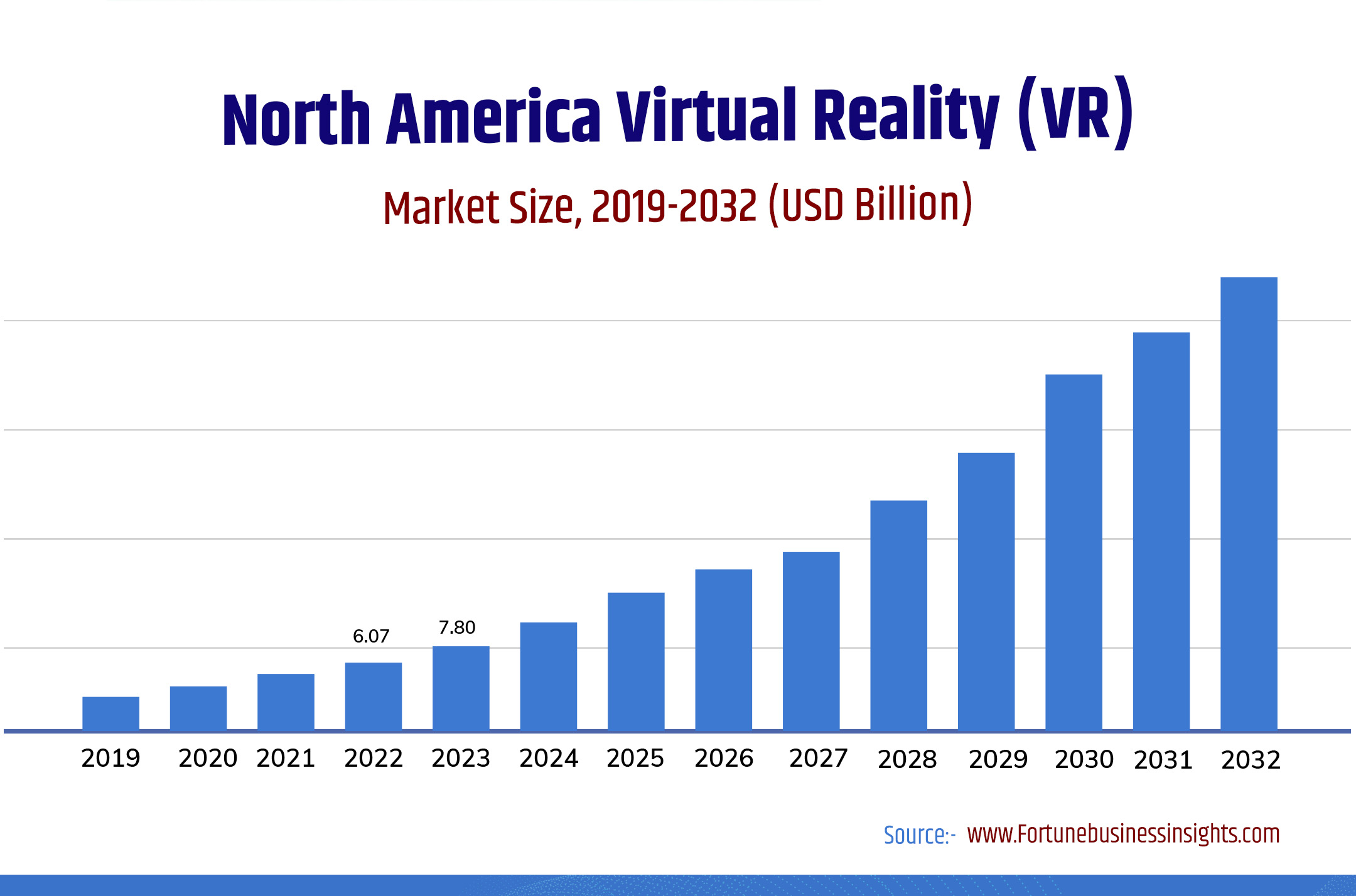
Carbon- Capturing microbes
Engineered microorganisms known as “carbon-capturing organisms” have the ability to transform carbon dioxide and other industrial emissions into valuable materials like biofuels.
This can lower greenhouse gas emissions and is a significant step toward mitigating climate change.
Internet of Things (IoT)
IoT is a key technology trend that is still growing, connecting different systems and devices to improve convenience & efficiency in a variety of industries.
IoT services are essentially about enabling devices to talk to each other and share data, which makes automation and integration easy.
In order to effectively manage assets, resources, and services, smart cities are utilizing Internet of Things (IoT) technology, which integrates a variety of sensors and devices that gather data.

This includes deploying linked systems for emergency services and public safety, monitoring traffic and public transportation to lessen congestion, and utilizing smart grids to optimize energy use.
IoT facilitates complexity management and enhances living circumstances for citizens as cities expand.
Real-time data analysis facilitates improved decision-making, resource optimization, and operational streamlining. IoT technology is always evolving, offering even more innovation, efficiency, and connectedness.
According to allied market research, The market for IoT is expected to increase at a compound annual growth rate (CAGR) of 21.3% from 2024 to 2032, from its estimated $956.0 billion in 2023 to $5,332.3 billion by 2032.
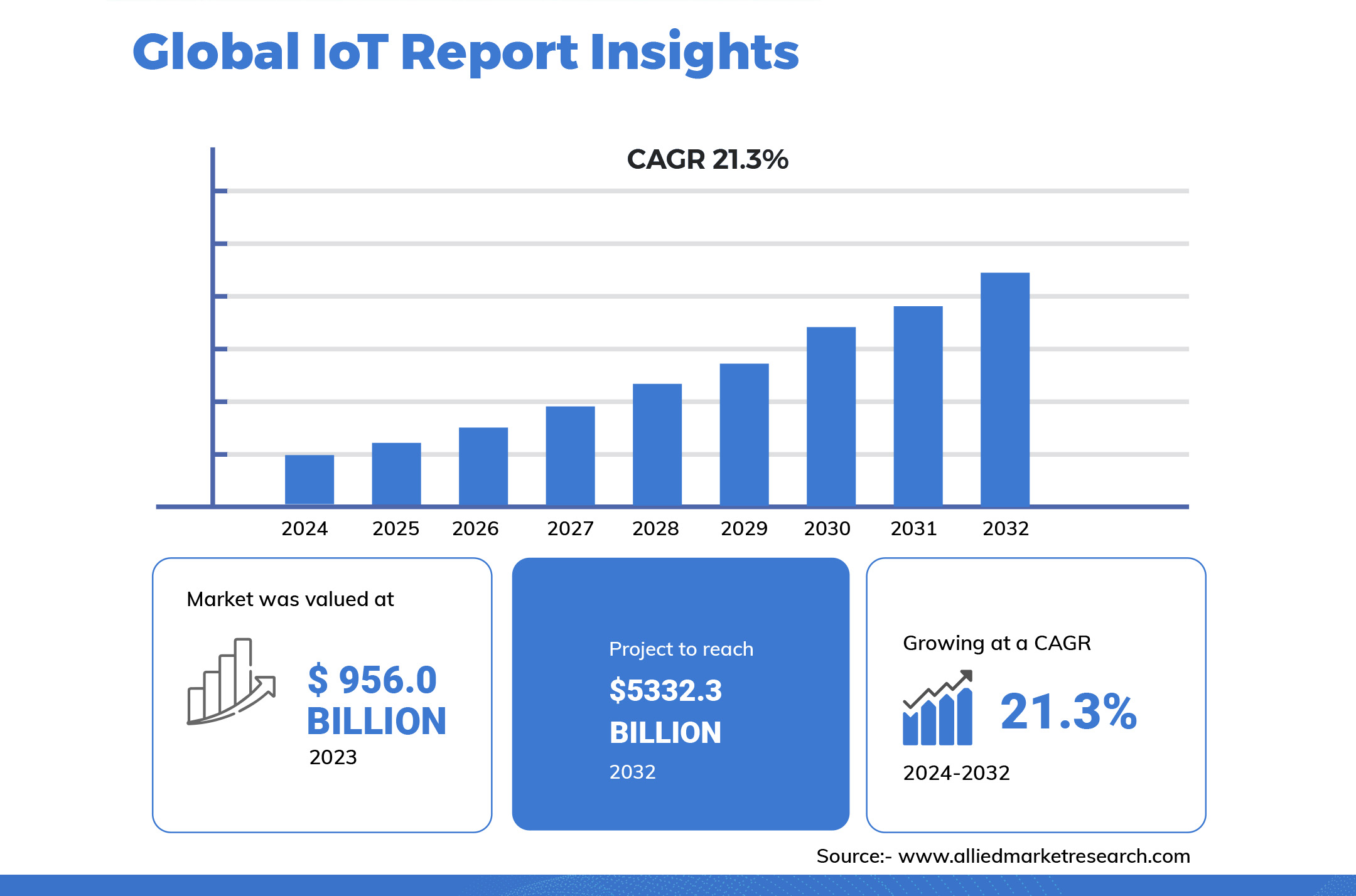
Augmented Reality (AR) in Retail
By enabling users to view products on their devices in a real-world setting, augmented reality technology is revolutionizing the retail sector.
Applications allowing users to virtually try on clothing or view furniture home before making a purchase demonstrate this trend.
In addition to increasing sales and decreasing return rates, these interactive experiences also improve consumer happiness.
AR improves daily activities like gaming, education, and shopping by superimposing digital information over the actual world.
Users can engage with virtual elements in real-world settings, opening up new opportunities for entertainment, learning, and visualization.
According to Grand View Research, With a projected valuation of USD 57.26 billion in 2023, the global augmented reality market is projected to expand at a compound annual growth rate (CAGR) of 39.8% between 2023 and 2030.
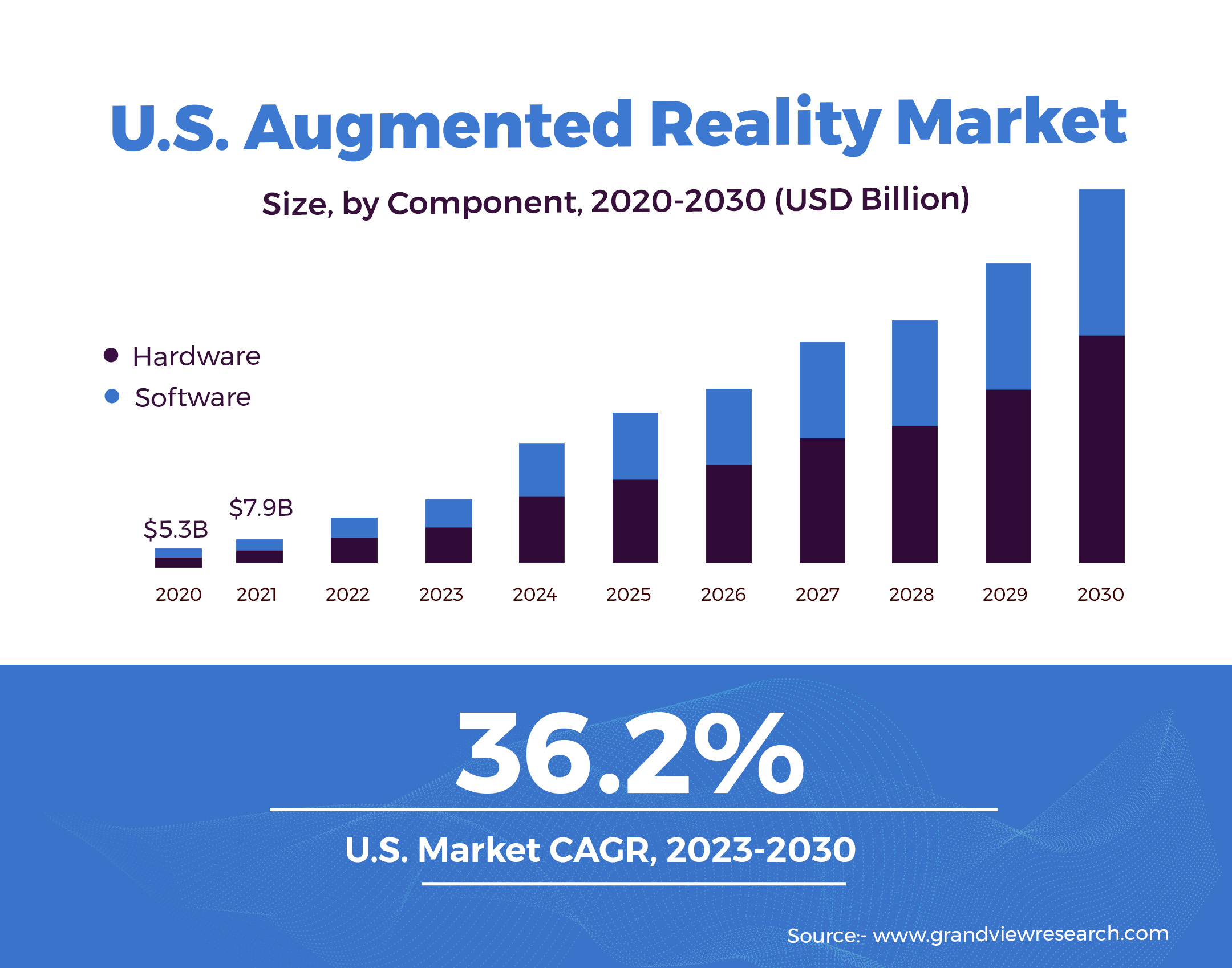
Biometric Technology
The field of biometrics, which uses distinctive physical characteristics to identify people, is expanding quickly.
With its safe and practical authentication methods that include voice verification, iris scanning, facial recognition, and fingerprints, it is revolutionizing security protocols in a variety of industries.
Integrated into cellphones, banks, airports, and healthcare, biometrics streamlines operations while boosting security.
In the digital age, it’s completely changing how we safely verify identities thanks to continuous technical advancements.
Autonomous Vehicle
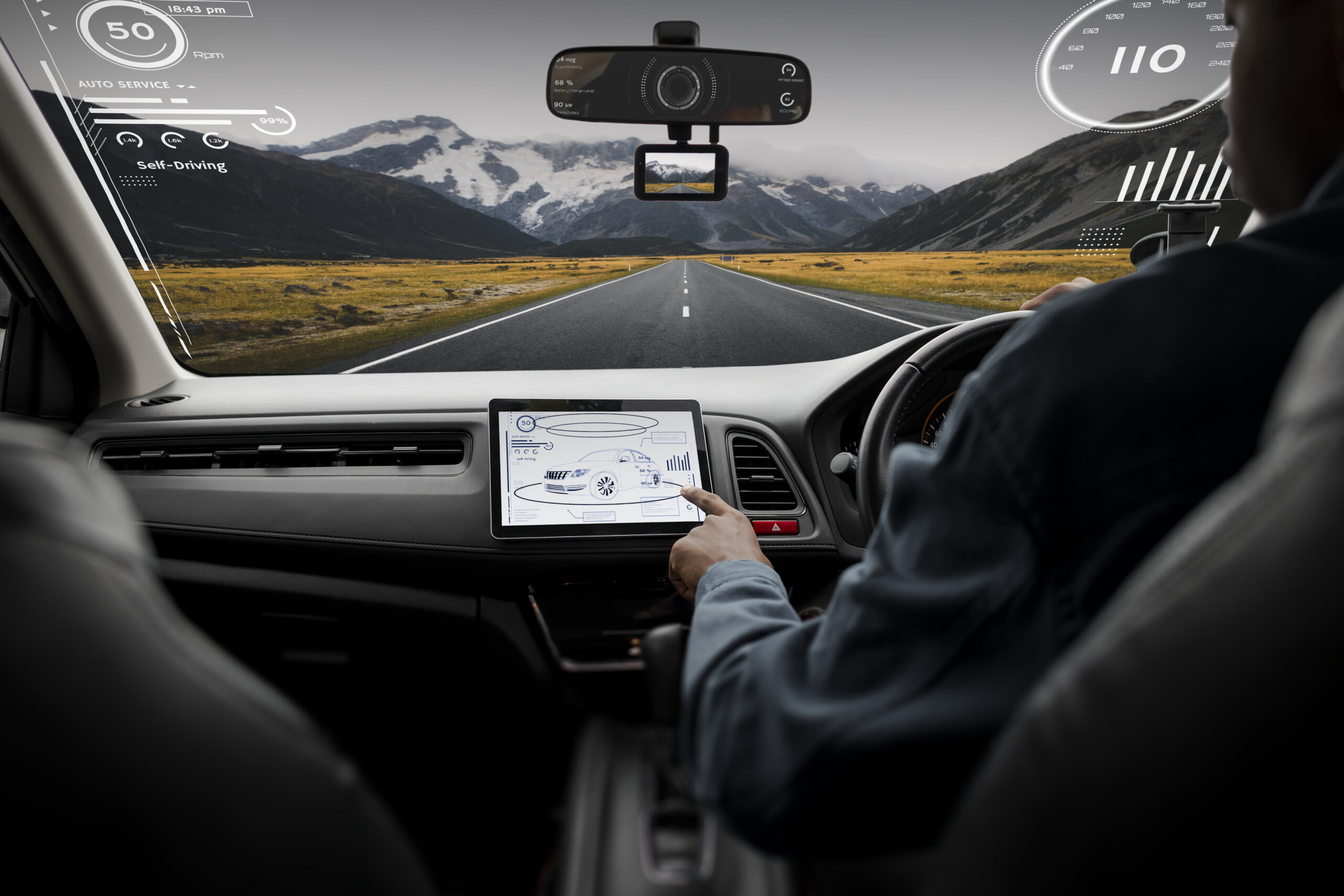
Autonomous vehicles will be among the newest technological advancements in 2024. It is a rapidly developing technical trend that is changing the face of transportation in the future. It is also known as autonomous or self-driving cars.
Advanced sensors, cameras, radar, and AI-powered systems are used by these cars to traverse highways, read traffic signs, and respond to their environment without the need for human intervention.
The ability of these cars to make decisions in real-time, thanks to ongoing developments in machine learning algorithms, improves transportation convenience, efficiency, and safety.
Although completely autonomous vehicles are still a ways off, a lot of work has been done in incorporating varying degrees of autonomy into freight operations and public transit, which might lower emissions, enhance traffic management, and prevent accidents.
According to Fortune Business Insights, The size of the worldwide market for autonomous vehicles was estimated at USD 1,500.3 billion in 2022 and is expected to increase at a compound annual growth rate (CAGR) of 32.3% from USD 1,921.1 billion in 2023 to USD 13,632.4 billion by 2030.
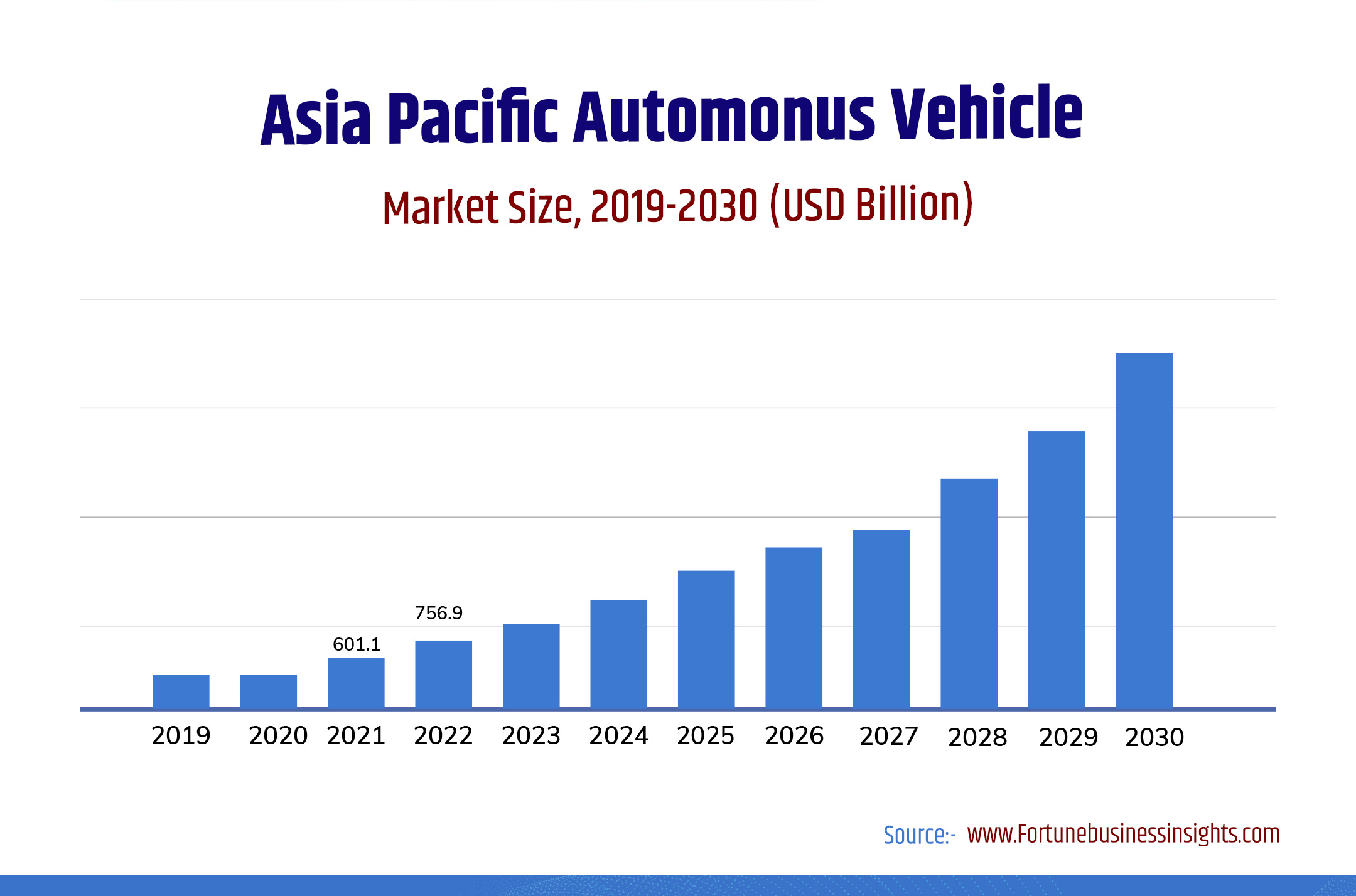
Logic Fruit delivers cutting-edge IP solutions for the automotive sector, including FlexRay, CAN, and LIN communication protocols, as well as Display Port IPs. Our innovative designs ensure reliable connectivity and enhanced performance for next-generation vehicles, enabling seamless communication between critical systems.
With a focus on high-quality and efficient solutions, Logic Fruit is committed to driving advancements in automotive technology and supporting the industry’s evolving needs.
Blockchain Beyond Crypto

Beyond cryptocurrency, blockchain is a decentralized, secure ledger system that has applications in the banking and healthcare sectors. Users’ trust is maintained and data integrity is guaranteed by its tamper-resistant nature.
Innovations in digital identification, DeFi, NFTs, and sustainability are anticipated as a result of ongoing developments.
Blockchain technology has the potential to transform industries and propel a more secure, decentralized future thanks to its increased scalability.
Blockchain technology, which was first created for Bitcoin, is finding new uses outside of cryptocurrencies. Blockchain is being used by industries because of its capacity to increase security, lower fraud, and give transparency.
Applications include keeping secure medical data, supplying tamper-proof voting systems, and tracking the provenance of commodities in supply networks.
Edge Computing
Computing and storage are decentralized via edge computing, bringing them closer to data sources like Internet of Things devices. In real-time processing applications like self-driving cars and smart cities, it helps lower latency.
Instead of depending on a central data center, edge computing processes data close to the location where it is generated. This is crucial for applications that need to process and make decisions in real-time without the potential latency that comes with cloud computing. Applications include local data processing in remote areas, industrial IoT, and autonomous vehicles.
According to Market Research Future, The size of the edge computing industry is expected to increase at a compound annual growth rate (CAGR) of 48.64% from USD 19.38 billion in 2024 to USD 46.17 billion by 2032. Furthermore, in 2023, the edge computing industry was estimated to be worth USD 13.04 billion.
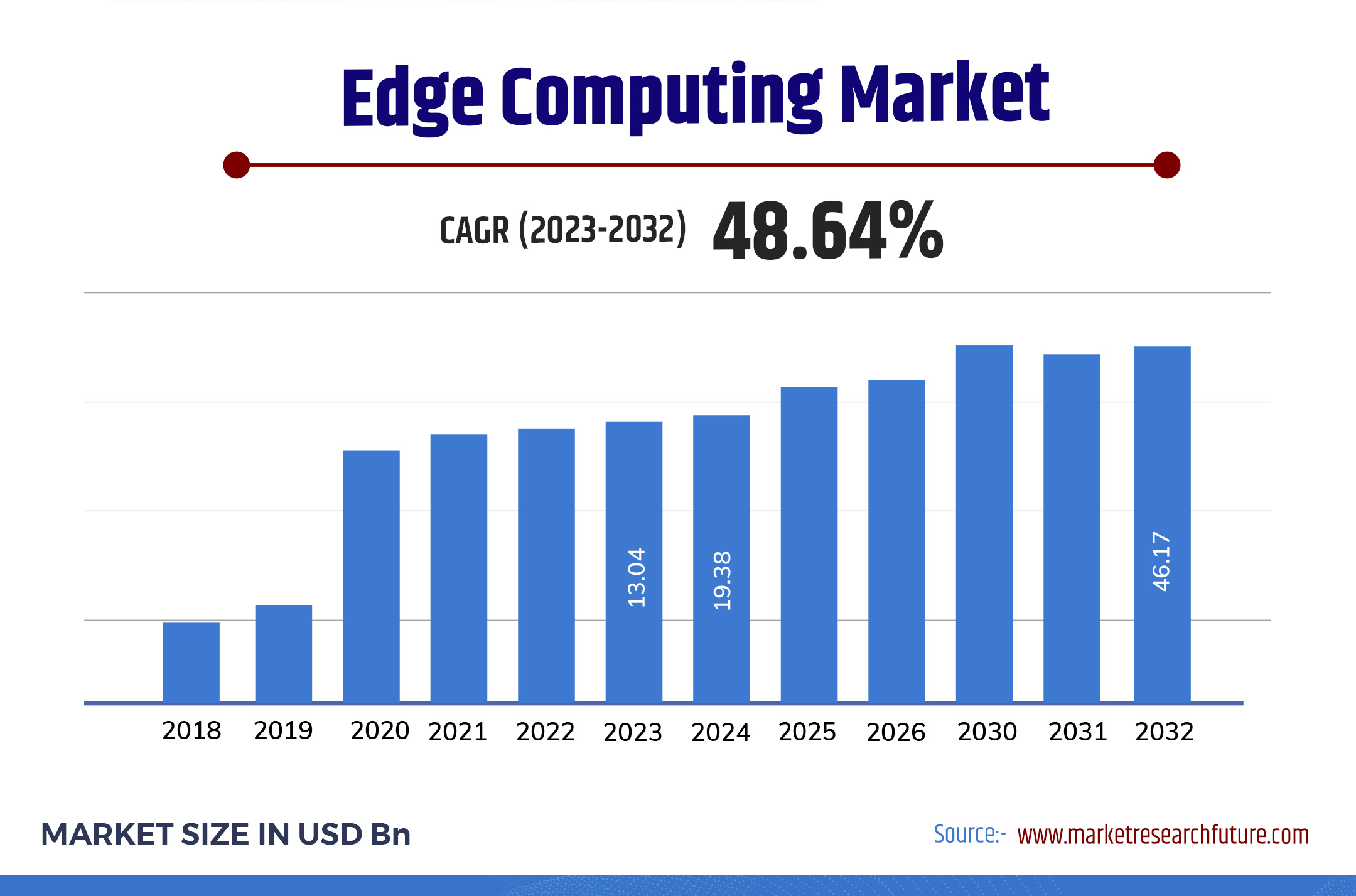
Logic Fruit leads in edge computing solutions, enabling real-time data processing at the source. Our robust edge devices reduce latency and enhance performance for applications in industrial automation and smart cities.
With a focus on innovation and quality, we deliver tailored solutions that integrate seamlessly with existing systems
Digital Twins
Digital twin technology uses Internet of Things (IoT) sensors to gather real-time data for continuous feedback while simulating physical items, systems, or processes.
By enabling real-time monitoring, predictive maintenance, and optimum performance, this technology improves the digital world. Better decision-making, process optimization, and lifecycle management are made easier by it.
They are widely used to anticipate possible problems and optimize operations in the industrial, automotive, and urban planning industries.
With the help of digital twins, businesses may evaluate effects and modifications virtually, cutting down on the time and expense of in-person testing.

Conclusion
Our digital future is being radically altered by the rapid advancement of technology, which is not merely a wave but an unrelenting tidal.
It’s not just a matter of choice for individuals who want to ride the wave of innovation to embrace the leading technological trends of 2024.
These tech trends for 2024, from the connecting promise of the Internet of Things to the revolutionary power of artificial intelligence, are not simply windows into the future; they are the cornerstones of a revolution that is happening right now.
Being knowledgeable and flexible serves as our compass in this ever-changing sea of possibilities, pointing us in the direction of a day when technology will seamlessly extend our limitless human potential rather than serving as a mere tool.
Our compass in this constantly shifting environment is knowledge and adaptability, which will lead us to a time when technology will smoothly expand our boundless potential.
The future is here, waiting for anyone brave enough to ride the ever-shifting wave of technological advancement.










